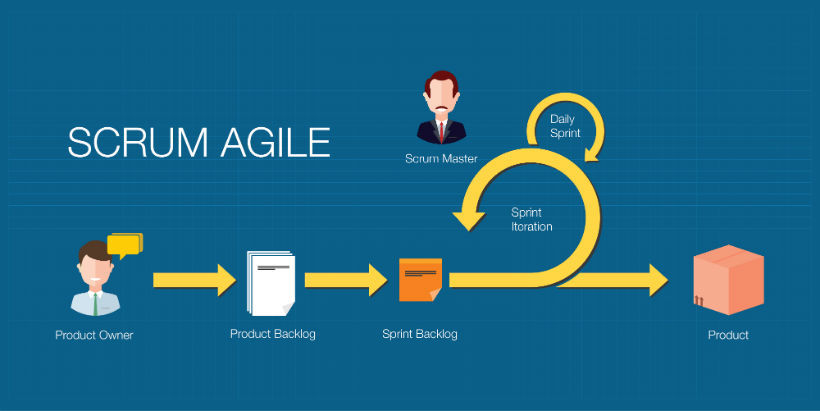May 4, 2016
7 Tips To Facilitate Learners Self-Control In eLearning
Drive, determination, and motivation are the essential ingredients for eLearning success. But how can you encourage all of these traits in your eLearning course design? In this article, I'll discuss the role of self-control in eLearning and offer 7 tips on how to improve it in your online learners.
by Christopher Pappas











